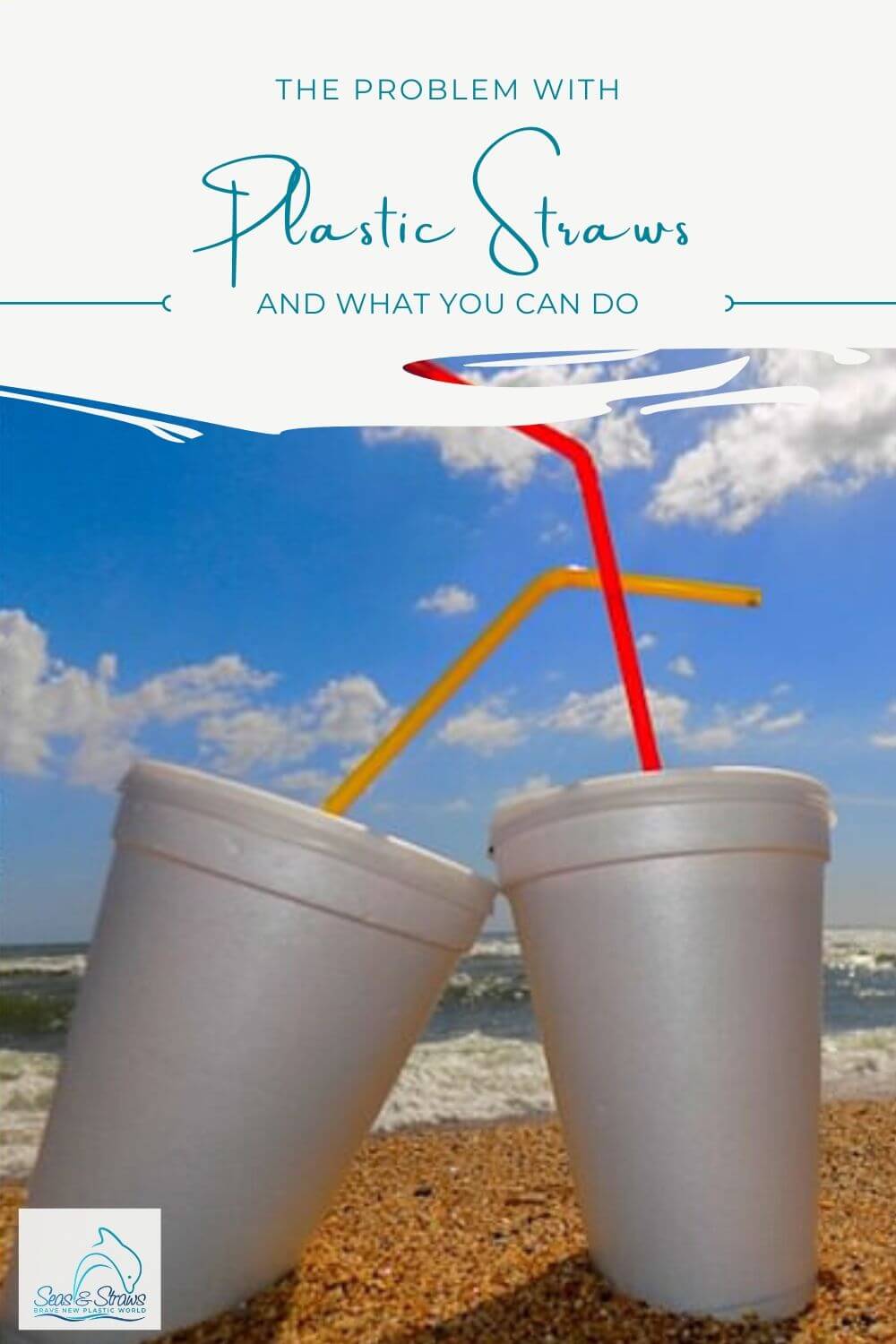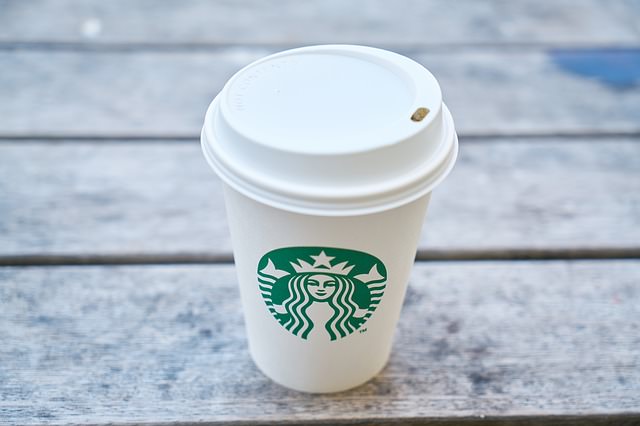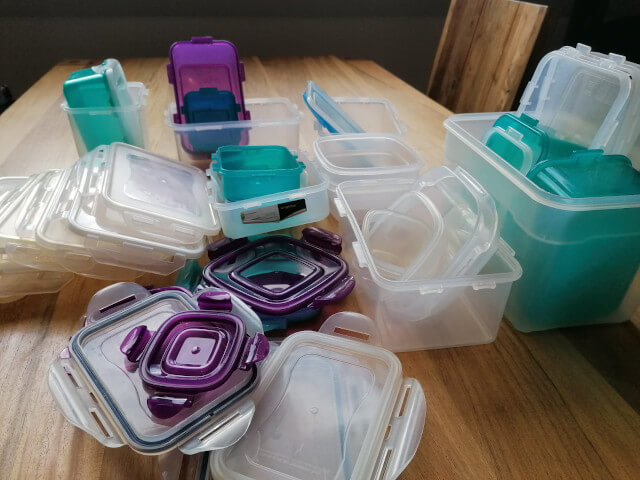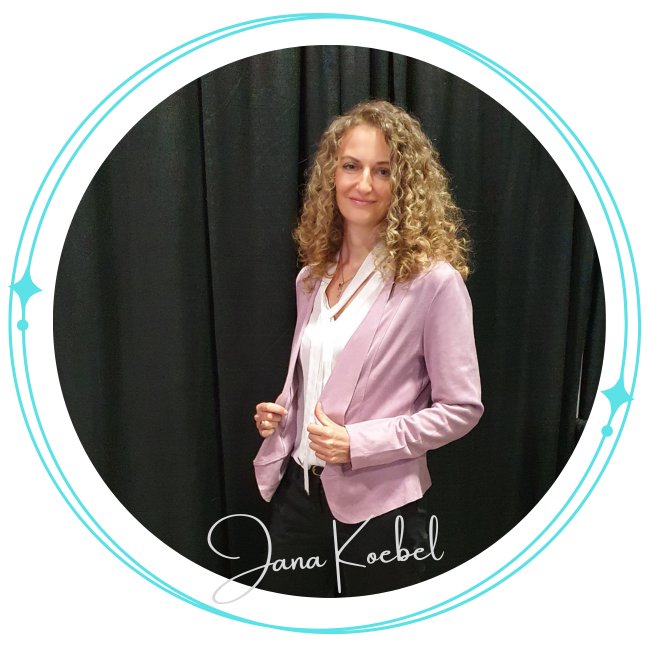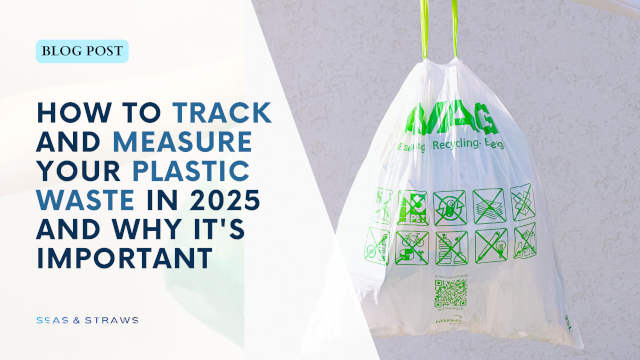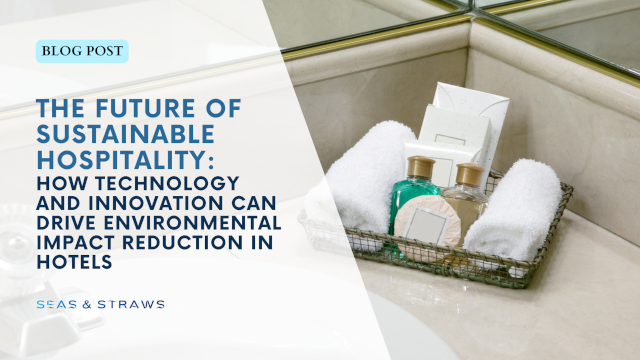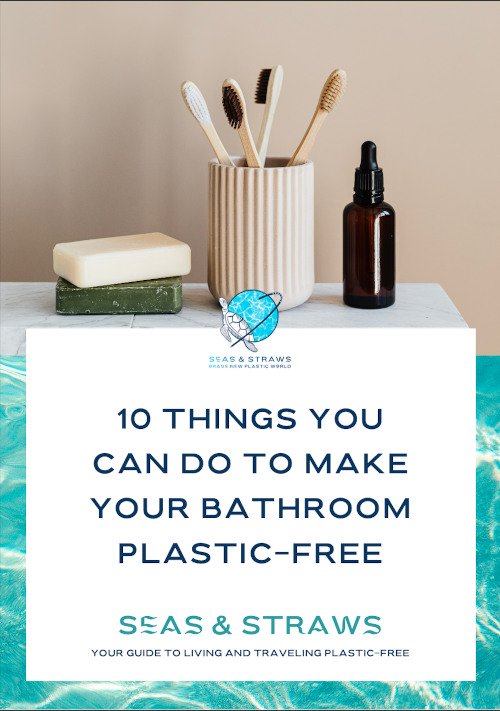What is BPA?
In the past five years, an additive to plastic and tin can lining known as Bisphenol-A or BPA has been in the news with some degree of regularity. If you haven't investigated or read up on the matter, your main impression may be that BPA is bad, and something to be avoided. You may not know why, however.
The following represents a crash course on what exactly BPA is, where it's found, why it's dangerous to humans and how you can avoid it.
What is Bisphenol-A?
Bisphenol-A is a synthetic compound first invented in 1891 which has been in commercial use for the past 60 years, primarily as an additive in the creation of certain plastics and resins. Plastic made with Bisphenol-A is notable for being clear and extremely durable, making it a popular choice for a number of consumer plastic-based items.
Starting in the late 2000s, several governments and worldwide health regulatory bodies began to sound the alarm about BPA, leading to a number of BPA bans for certain types of products (usually infant or child related) by US, Canadian and European health agencies.
Where Can BPA Be Found?
BPA's properties make it an attractive additive in the creation of plastic for a variety of manufacturing and commercial uses, and unfortunately many of them center on food storage.
Until recently, plastic made with Bisphenol-A was used for water bottles, from the mass-packaged bottles of water sold in stores to the sturdy reusable bottles used anywhere from athletics and sport to daily use. Tupperware type food storage containers were also made with Bisphenol-A.
Another widespread use of Bisphenol-A is in the resin lining cans of food, like soup, vegetables, canned fish and any other canned food you can imagine. It could also be found in the lining in certain food packaging, and in disposable plates and dinnerware. And many baby bottles were made with BPA-added plastic as well.
 Plastic food containers contain toxic chemicals like BPA
Plastic food containers contain toxic chemicals like BPATaken as an entire picture, the average American diet – reliant on processed foods – heavily intersects with BPA. For hundreds of millions of Americans and many more worldwide, this chemical compound was and is an ever-present part of the food and drink they consume. Today, 93% of all Americans have BPA in their bloodstream.
Other BPA-added plastic products include CDs, medical devices, toys of all types, PVC pipes and certain dental composites and sealants.
If you surround yourself with plastic like most Americans do, a better question than 'where can BPA be found' might be 'where can’t it be found'?
is BPA Harmful to Humans?
Bisphenol-A has a number of deleterious health effects for human beings, many of them centering on its status as an endocrine disruptor.
The Endocrine System and Endocrine Disruptors
The endocrine system is the collection of glands in your body that produce hormones. Hormones are a key to your organs functioning correctly and your body generally functioning properly. Issues with the endocrine system can cause widespread problems, anything from organ problems to weight gain to regulating stress. Endocrine issues are a special problem for pregnant women.
An endocrine disruptor is any type of chemical that can interrupt or interfere with the normal function of the endocrine system. Bishpenol-A is an endocrine disruptor because it functions within the body as a synthetic hormone, and its introduction into the body in sufficient numbers interferes with the natural production, transport and function of hormones.
Negative Health Effects
Some of the possible health problems experienced due to Bisphenol-A overexposure include the following:
Asthma
- One study found a heightened risk of asthma in children
Cancer
- BPA was found to elevate breast cancer risk and acts as a mammary and prostate gland carcinogen
Developmental problems
- Developmental problems were observed in young children, centering on issues with hormone and brain development.
A variety of heart-related and liver problems
- A link was found with a variety of heart-related problems.
- High concentrations showed a link with liver enzyme problems.
Impotence and sexual performance issues in men
- Studies found a correlation with impotence and sexual performance issues in men.
Digestive tract diseases
- A recent study indicated that exposure is linked with digestive tract diseases.
Further research is ongoing attempting to come to definitive answers as to exactly how harmful exposure is, and the thresholds at which health problems occur and rise to the level of immediate threat.
But what’s hard to dispute based on the medical evidence is that Bisphenol-A isn’t something we want to be filling our bodies with. And yet, the way we process and store our food means that we can’t really avoid it.
There are certain things you can do to lessen BPA-related exposure even if you find yourself having to use food containers and packaging containing it. One of the big ones is to avoid heating any BPA-additive plastic. This means not microwaving food in a plastic container and not drinking water bottles that have been left in the summer heat, such as in a parked car or outdoors. The chemical compound leaches out of the plastic when exposed to heat, meaning it’s making its way directly into your food or water.
But even with measures like those, the only surefire way to avoid it is to avoid the products containing it. Which is a great plan, but is also easier said than done.
Are There BPA-Free Products?
You may have noticed that a number of plastic products are labeled as 'BPA-free'. Water bottles and plastic food storage containers in particular have recently been marketed as BPA-free in the past few years. You don't have to pay more to buy BPA-free plastic for those types of items, so it might seem like a no-brainer.
While it might seem like this is a painless and simple way to dodge BPA, the sad truth is that BPA-free plastic is nothing more than a marketing scheme. Manufacturers are banking on the public knowing little more than the fact that BPA is bad without knowing any of the underlying details. In effect, they're preying on consumer ignorance while not making us any safer.
Because here's the thing about BPA-free plastic: It's inevitably using a slightly tweaked chemical compound in the place of BPA which is virtually identical to the original, with all the negative health risks.
BPS and BPF
Most BPA-free plastics use one of two compounds – BPS and BPF. BPS is short for Bisphenol-S and BPF is short for Bisphenol-F. From a chemical standpoint, both are remarkably similar in structure to Bisphenol A, and they perform the same role in the manufacture of plastic products and can-lining resins.
Unfortunately, BPS and BPF are both endocrine disruptors as well, meaning that the same kinds of health consequences are likely to be present when exposed to these chemicals, too.
The only difference between a BPA-free plastic food container made with BPS or BPF and the old kind is that a company can tell the public it doesn't contain BPA. The BPA-free trend is a cynical attempt to calm the public without actually addressing the problem. And as unpleasant as that is to contemplate, the bottom line is that it largely has worked. Countless people buy BPA-free plastics and feel as though they're dodging a bullet from a health perspective.
How to Truly Be BPA-Free
The truth is that the only way to avoid large concentrations of Bisphenol-A is by avoiding eating too much canned food, drinking from plastic bottles and storing leftover foods in plastic containers. Cooking with lots of fresh produce and meat instead of canned is an effective measure even aside from the other health benefits realized by cooking and eating fresh ingredients.
Invest in tempered glass or metal food storage containers and in a stainless steel water bottle. They are BPA-free and do not leach any substances into your food or drink.
Even by employing these methods, it's not possible to be entirely BPA-free, as it's an environmental contaminant (it's even in the air) and we're surrounded by plastic almost everywhere we turn.
Read more about BPA in my second article here.
Want to make your home toxin-free, healthy and sustainable, too, but not sure where to start?
If you want to make your home toxic-free, healthy and safe for your children as well but aren't sure where to start, I'd love to help you! Email me on jana@seasandstraws.com or click here. In the meantime, check out my blog post about my Zero-Waste Coaching, here!
